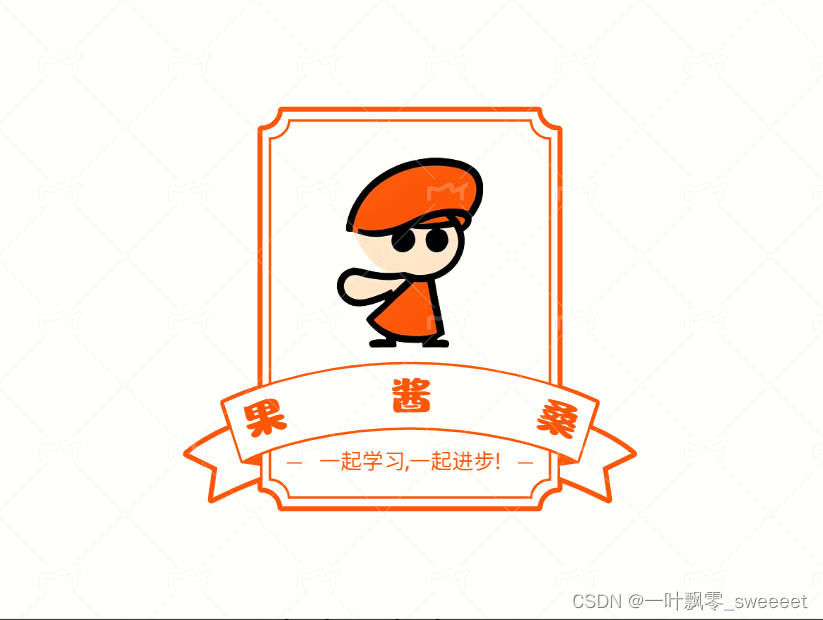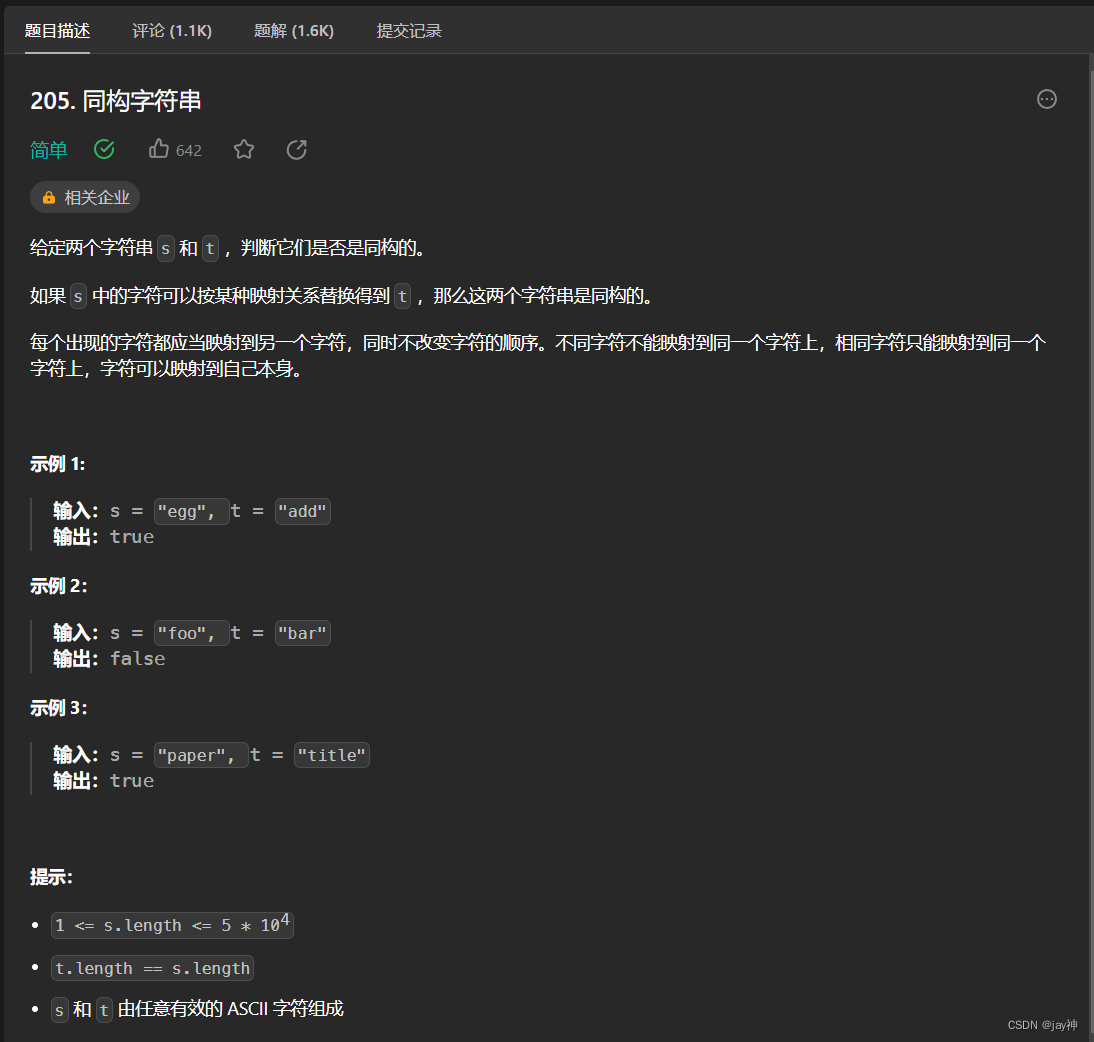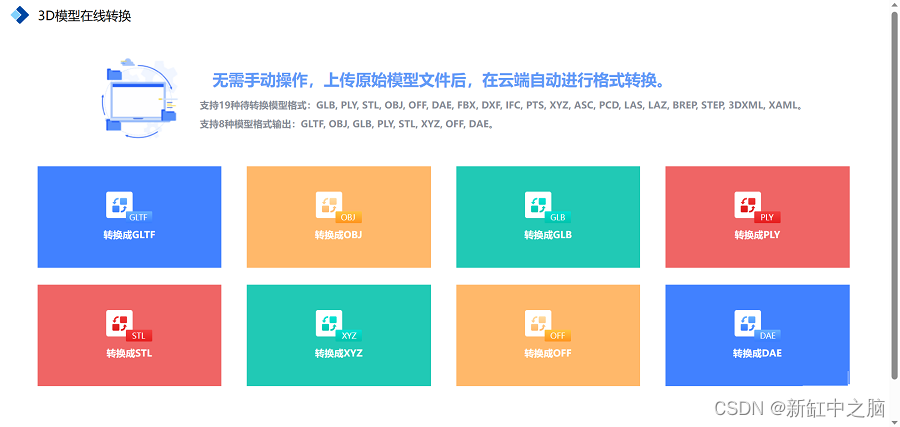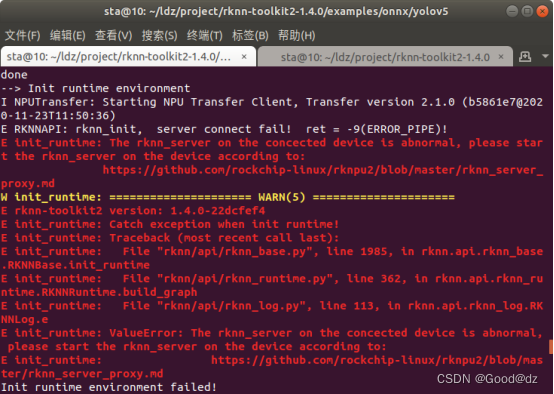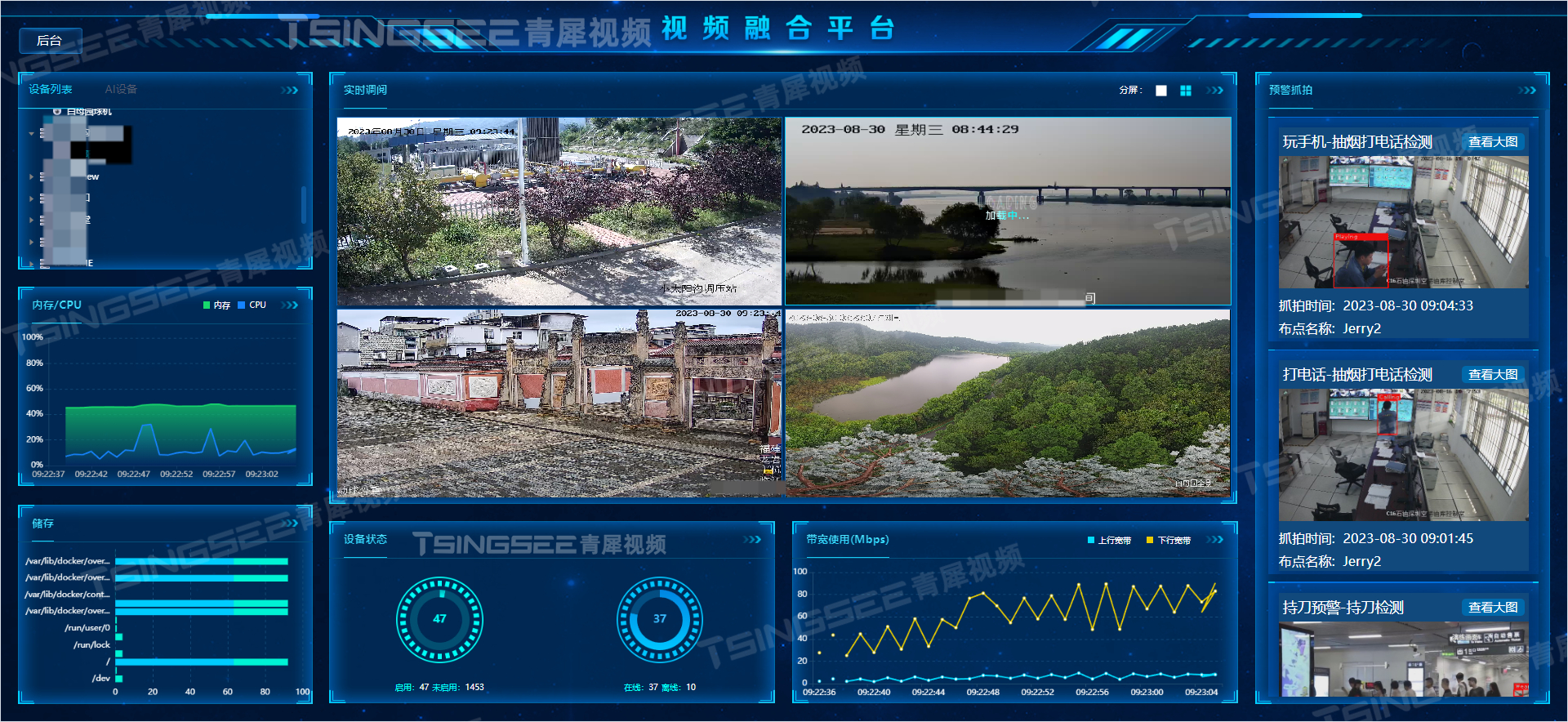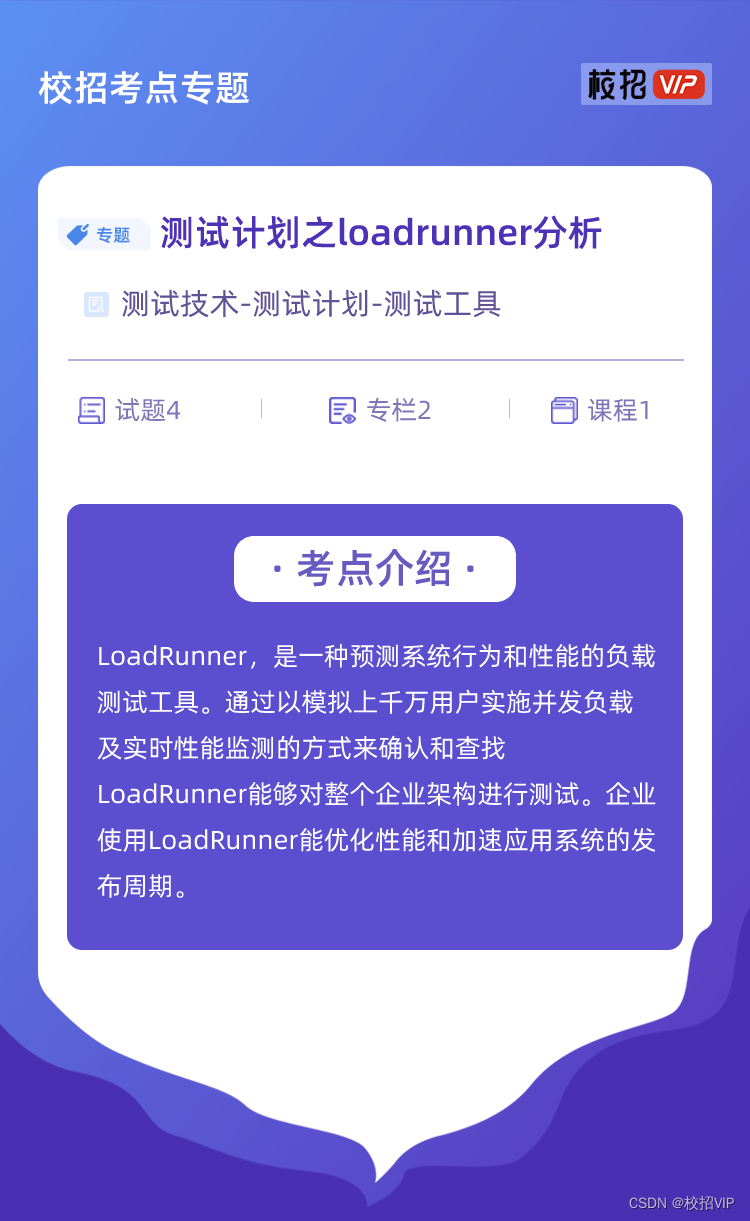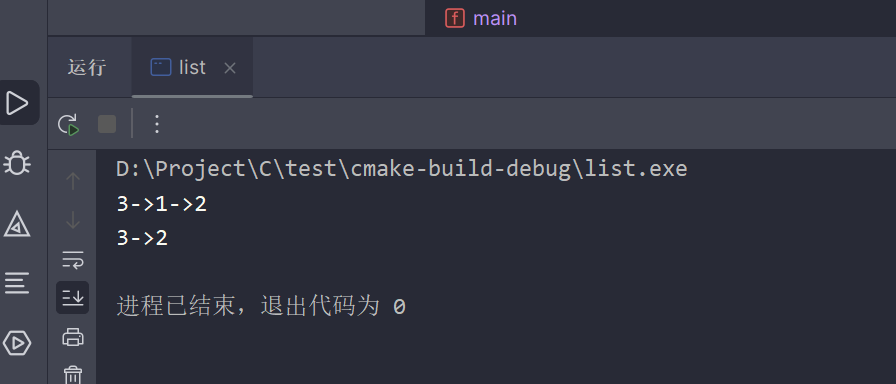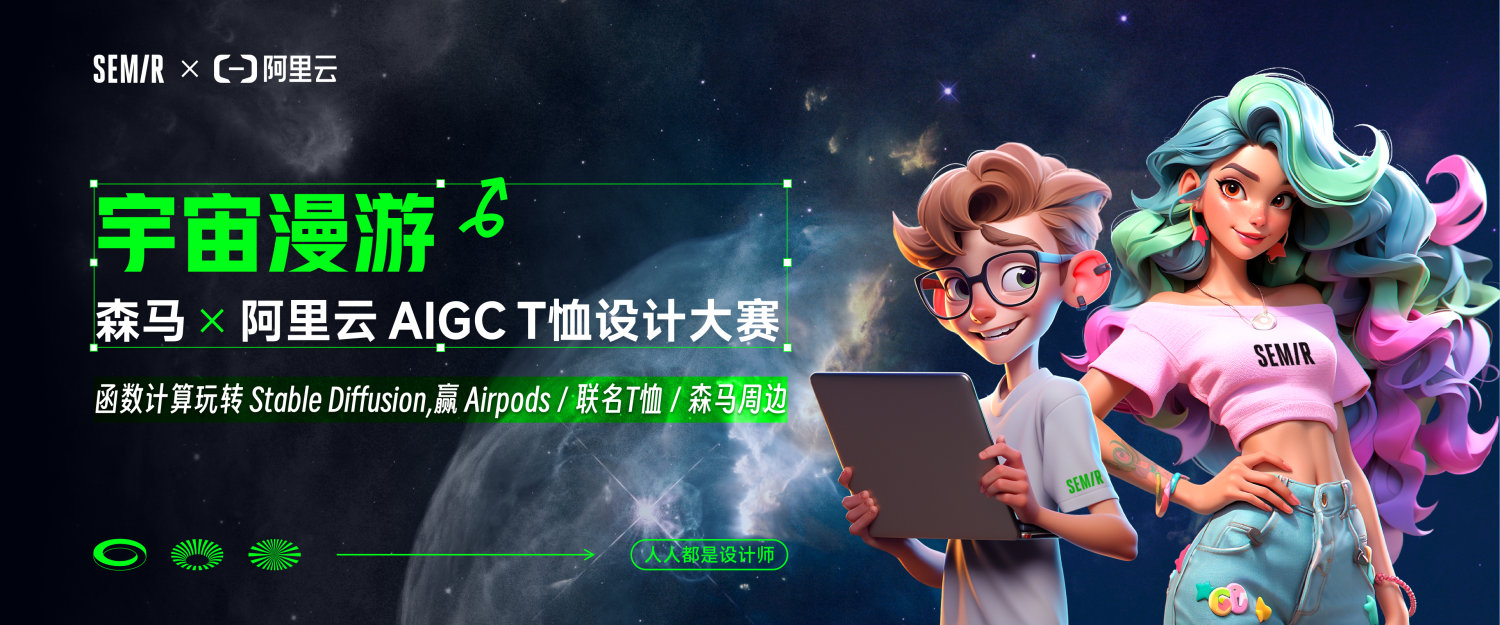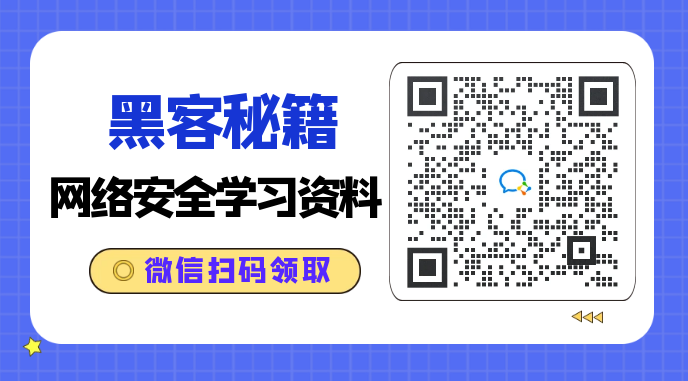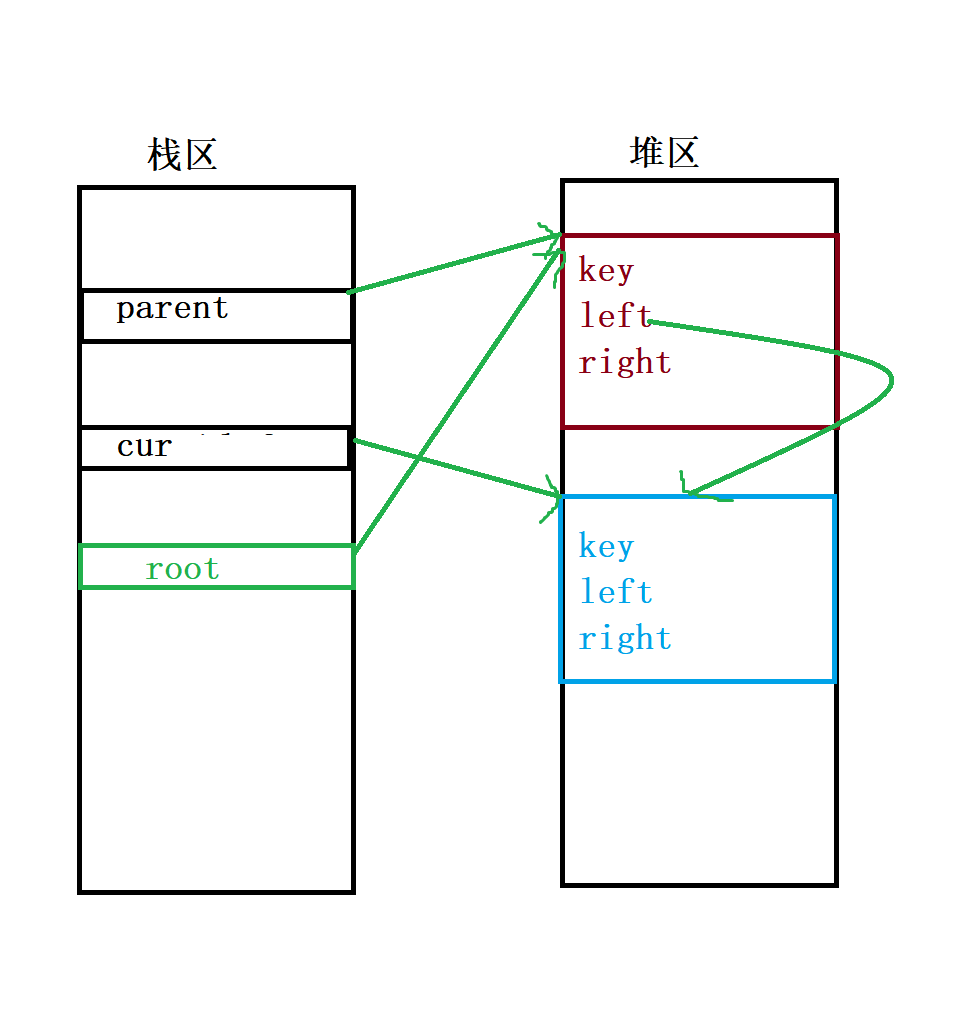在 Java 开发中,进行网络通信是常见的需求。WebClient 和 HttpClient 是两种常用的用于发送 HTTP 请求的工具。它们都具有相似的功能,但在实现细节和用法上存在一些差异。本文将详细介绍 WebClient 和 HttpClient 的异同,帮助您选择适合您项目需求的工具。
1. 引入依赖
首先,我们需要在项目中引入相应的依赖。对于 WebClient,我们可以使用 Spring WebFlux 提供的 spring-webflux 依赖。对于 HttpClient,我们可以使用 Java 11 提供的 java.net.http 包,无需额外引入依赖。
2. 发送 GET 请求
2.1 使用 WebClient
WebClient client = WebClient.create();
Mono<String> result = client.get()
.uri("https://api.example.com/users")
.retrieve()
.bodyToMono(String.class);
String response = result.block();
System.out.println(response);
2.2 使用 HttpClient
HttpClient client = HttpClient.newHttpClient();
HttpRequest request = HttpRequest.newBuilder()
.uri(URI.create("https://api.example.com/users"))
.build();
HttpResponse<String> response = client.send(request, HttpResponse.BodyHandlers.ofString());
System.out.println(response.body());
3. 发送 POST 请求
3.1 使用 WebClient
WebClient client = WebClient.create();
Mono<String> result = client.post()
.uri("https://api.example.com/users")
.bodyValue("{ \"name\": \"John\", \"age\": 30 }")
.retrieve()
.bodyToMono(String.class);
String response = result.block();
System.out.println(response);
3.2 使用 HttpClient
HttpClient client = HttpClient.newHttpClient();
HttpRequest request = HttpRequest.newBuilder()
.uri(URI.create("https://api.example.com/users"))
.header("Content-Type", "application/json")
.POST(HttpRequest.BodyPublishers.ofString("{ \"name\": \"John\", \"age\": 30 }"))
.build();
HttpResponse<String> response = client.send(request, HttpResponse.BodyHandlers.ofString());
System.out.println(response.body());
4. 配置超时时间
4.1 使用 WebClient
WebClient client = WebClient.builder()
.clientConnector(new ReactorClientHttpConnector(HttpClient.create().responseTimeout(Duration.ofSeconds(10))))
.build();
4.2 使用 HttpClient
HttpClient client = HttpClient.newBuilder()
.connectTimeout(Duration.ofSeconds(10))
.build();
5. 异步请求
5.1 使用 WebClient
WebClient client = WebClient.create();
Mono<String> result = client.get()
.uri("https://api.example.com/users")
.retrieve()
.bodyToMono(String.class);
result.subscribe(response -> System.out.println(response));
5.2 使用 HttpClient
HttpClient client = HttpClient.newHttpClient();
HttpRequest request = HttpRequest.newBuilder()
.uri(URI.create("https://api.example.com/users"))
.build();
client.sendAsync(request, HttpResponse.BodyHandlers.ofString())
.thenApply(HttpResponse::body)
.thenAccept(System.out::println);
6. 错误处理
6.1 使用 WebClient
WebClient client = WebClient.create();
Mono<String> result = client.get()
.uri("https://api.example.com/users")
.retrieve()
.onStatus(HttpStatus::isError, response -> Mono.error(new RuntimeException("Request failed")))
.bodyToMono(String.class);
String response = result.block();
System.out.println(response);
6.2 使用 HttpClient
HttpClient client = HttpClient.newHttpClient();
HttpRequest request = HttpRequest.newBuilder()
.uri(URI.create("https://api.example.com/users"))
.build();
HttpResponse<String> response = client.send(request, HttpResponse.BodyHandlers.ofString());
if (response.statusCode() >= 400) {
throw new RuntimeException("Request failed");
}
System.out.println(response.body());
7. 性能和扩展性
7.1 WebClient
- 基于 Reactor 和 Netty,支持非阻塞 I/O,适用于高并发场景。
- 集成了 Spring WebFlux 框架,可以与其他 Spring 组件无缝协作。
- 可以通过自定义
ExchangeFilterFunction对请求和响应进行拦截和处理。
7.2 HttpClient
- Java 11 内置的标准库,无需额外引入依赖。
- 提供了更底层的 API,可以更灵活地控制请求和处理响应。
- 支持 HTTP/2,性能较好。
8. 结论使用 WebClient 的优点:
-
非阻塞、异步操作:
WebClient基于响应式编程模型,使用 Reactor 提供的 Mono 和 Flux 类型来表示异步结果。它允许你以非阻塞的方式发送和处理 HTTP 请求,从而提高应用程序的性能和吞吐量。 -
简洁的 API:
WebClient提供了简洁而直观的 API,通过链式调用可以方便地设置请求参数、发送请求和处理响应。它的 API 设计使得代码易于阅读和维护。 -
内置的异常处理:
WebClient提供了丰富的异常处理机制,可以通过onStatus()方法处理不同的 HTTP 状态码和错误情况。这使得处理错误和异常变得更加方便和灵活。 -
集成 Spring 生态系统:
WebClient是 Spring Framework 的一部分,与其他 Spring 组件(如 Spring Boot)无缝集成。它可以与 Spring 的其他功能(如响应式 Web 框架)配合使用,提供全面的开发体验。
9. WebClient 工具类及使用示例
当使用 WebClient 来进行 HTTP 请求时,可以创建一个工具类来封装常用的请求操作。下面是一个示例的 WebClient 工具类,其中包含了 GET、POST、PUT 和 DELETE 方法的实现:
import org.springframework.http.HttpHeaders;
import org.springframework.http.MediaType;
import org.springframework.web.reactive.function.BodyInserters;
import org.springframework.web.reactive.function.client.WebClient;
import reactor.core.publisher.Mono;
public class WebClientUtils {
private WebClient webClient;
public WebClientUtils(String baseUrl) {
this.webClient = WebClient.builder()
.baseUrl(baseUrl)
.defaultHeader(HttpHeaders.CONTENT_TYPE, MediaType.APPLICATION_JSON_VALUE)
.build();
}
public <T> Mono<T> get(String uri, Class<T> responseType) {
return webClient.get()
.uri(uri)
.retrieve()
.bodyToMono(responseType);
}
public <T> Mono<T> post(String uri, Object request, Class<T> responseType) {
return webClient.post()
.uri(uri)
.body(BodyInserters.fromValue(request))
.retrieve()
.bodyToMono(responseType);
}
public <T> Mono<T> put(String uri, Object request, Class<T> responseType) {
return webClient.put()
.uri(uri)
.body(BodyInserters.fromValue(request))
.retrieve()
.bodyToMono(responseType);
}
public <T> Mono<T> delete(String uri, Class<T> responseType) {
return webClient.delete()
.uri(uri)
.retrieve()
.bodyToMono(responseType);
}
}
使用示例:
public class Main {
public static void main(String[] args) {
WebClientUtils webClientUtils = new WebClientUtils("https://api.example.com");
// 发起 GET 请求
webClientUtils.get("/users/1", User.class)
.subscribe(user -> System.out.println("GET response: " + user));
// 发起 POST 请求
User newUser = new User("John", "Doe");
webClientUtils.post("/users", newUser, User.class)
.subscribe(user -> System.out.println("POST response: " + user));
// 发起 PUT 请求
User updatedUser = new User("Jane", "Doe");
webClientUtils.put("/users/1", updatedUser, User.class)
.subscribe(user -> System.out.println("PUT response: " + user));
// 发起 DELETE 请求
webClientUtils.delete("/users/1", Void.class)
.subscribe(response -> System.out.println("DELETE response: " + response));
}
}
请注意,上述代码中的 User 类是一个自定义的 POJO 类,用于表示用户信息。您需要根据实际情况进行相应的定义和调整。
10. 结论
WebClient 和 HttpClient 都是常用的发送 HTTP 请求的工具,具有相似的功能,但在实现细节和用法上存在一些差异。如果您使用 Spring 框架,且对性能要求较高,可以选择 WebClient。如果您使用的是 Java 11 或更高版本,并且对底层控制和灵活性有要求,可以选择 HttpClient。
以上是对 WebClient 和 HttpClient 的异同的详细讲解。希望对大家有所帮助!
👉 💐🌸 公众号请关注 "果酱桑", 一起学习,一起进步! 🌸💐
